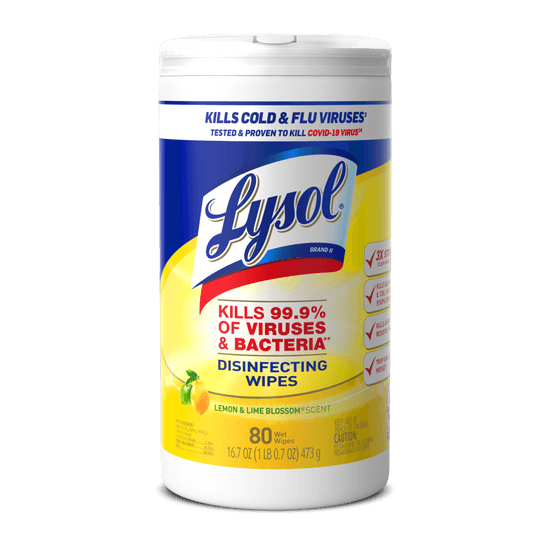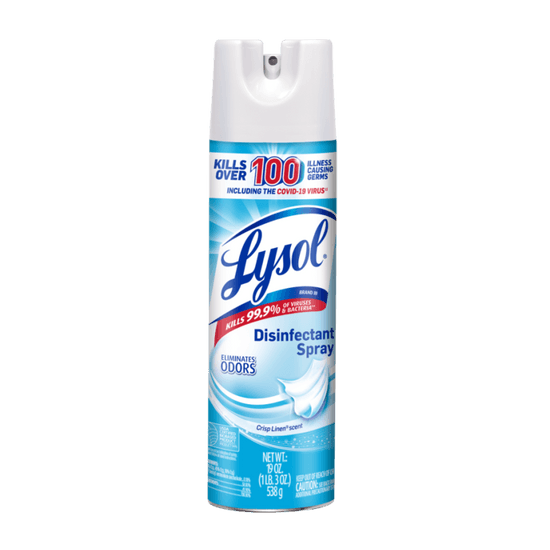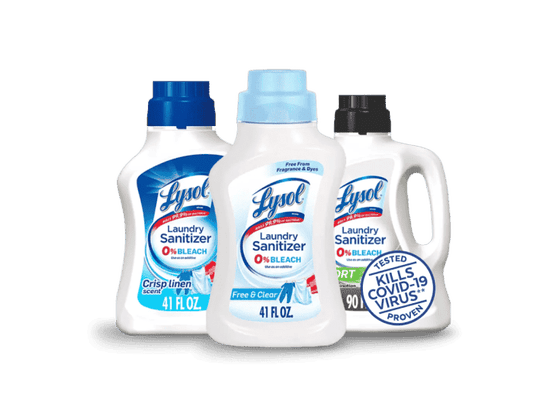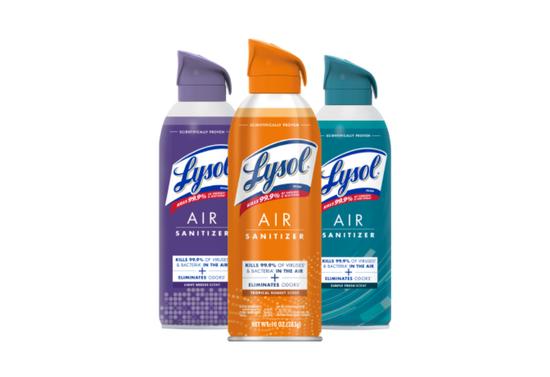Cold & Flu Prevention
Many people mistake the common cold for the flu. Though both are respiratory illnesses, they are caused by different viruses.
Cold symptoms are usually milder than flu, with runny or stuffy noses being the most common. Colds do not typically result in serious health problems.
The flu, on the other hand, is a contagious respiratory illness caused by influenza viruses. Fever, fatigue, vomiting and aching muscles are some of the symptoms associated with the flu, and unlike the common cold, this virus can leave you feeling exhausted and unable to carry on with your day-to-day activities. It’s no wonder then, that we should want to avoid the flu virus at all costs.
HOW TO HELP AVOID THE FLU VIRUS
To help avoid the flu virus, there are a number of things you can do. First and foremost, you can get the flu vaccination.1 While some people who get vaccinated may still get sick, the flu vaccination prevents millions of influenza illnesses every season.2 In fact, the Center for Disease Control (CDC) recommends getting vaccinated every year as the best protection against catching the flu.
However, we shouldn’t rely on the vaccination alone when it comes to avoiding the flu virus. There are several other things you can do in order to keep yourself as protected as possible:
- Keep your hands clean: Wash your hands regularly, especially if you have been out in a public place where there is likely to be a multitude of germs.3
- Disinfect your home: Ensure you’re properly disinfecting, regularly spraying and wiping the surfaces with Lysol® Disinfectant Spray or Lysol® Disinfecting Wipes.4
- Steer clear of anyone who is coughing or sneezing: Germs can potentially enter your body through the air you breathe. Stay at least 6 feet away from anyone who is actively coughing or sneezing.5
- Get enough sleep: Keep your immune system strong by ensuring that you are getting enough sleep each night.6
- Eat plenty of fruit and vegetables: Give your immune system another boost by eating plenty of fresh fruit and vegetables, packed with important vitamins.7
- Disinfect communal surfaces immediately after use: One of the best ways to try to avoid the flu is through disinfecting high traffic surfaces as regularly as possible.8
HOW TO NOT SPREAD THE COLD & FLU
While prevention is key, it might not be possible to entirely avoid the flu virus. Remember, you catch the flu by germs spread through coughs and sneezes — either breathed in through the air, or from contaminated surfaces that you touch and then spread the germs by touching your mouth or nose — which means there’s always a chance you can get exposed.9, 10
If you do catch the flu, the best way to help avoid these germs from spreading is by doing the following:
- Washing your hands with soap and warm water regularly
- Using an alcohol-based hand sanitizer when soap and water aren’t around
- Using a tissue to catch the germs when you sneeze or cough
- Disposing of used tissues immediately
- Stay home
HOW TO HELP AVOID SPREADING THE COLD & FLU IN YOUR HOUSEHOLD
Doctors always say, “If you're sick, then stay home!” Yet, one of the most likely causes of the flu spreading is living under the same roof as someone who has it. Here are some tips on how to avoid getting and spreading the virus when living with an infected family member:
- Sleep separately from an infected partner if possible.11
- Wash dishes rigorously or be sure to place in dishwasher immediately after use.12
- Avoid kissing and sharing other forms of close contact with an infected family member.13
- Refrain from sharing commonly used items like hand and shower towels, coffee mugs and utensils.
- Disinfect surfaces more often than usual to kill germs as regularly as possible.14
COLD & FLU FACTS TO HELP YOU BETTER PROTECT YOUR LOVED ONES
Keep these facts about germs in mind whenever you’re cleaning so that you can make sure you're doing everything you can to protect yourself and your family against cold & flu*.
- Cold and flu germs can live on surfaces for up to two days.
- The flu virus is heat sensitive and multiplies quicker when it's cooler.
- It usually starts in nasal passageways and spreads from there.
- The majority of people who catch a cold or the flu do so by placing infected hands to their eyes, nose or mouth.
- The flu typically lies dormant for about three days before showing symptoms.
*Source: CDC
Keep Exploring
Related Articles
SOURCES:
4https://www.webmd.com/cold-and-flu/features/cleaning-hit-list
8https://www.cdc.gov/flu/about/?CDC_AAref_Val=https://www.cdc.gov/flu/about/keyfacts.htm
9https://www.health.com/condition/flu/flu-virus-live-on-surfaces
10https://www.webmd.com/cold-and-flu/features/cleaning-hit-list
12https://www.thespruce.com/wash-with-the-right-water-temperature-2146348
14https://www.webmd.com/cold-and-flu/features/cleaning-hit-list
15https://www.cdc.gov/flu/about/?CDC_AAref_Val=https://www.cdc.gov/flu/about/keyfacts.htm
For more info, visit:3









.png?width=550&height=377&format=png&quality=80)


.png?width=550&height=377&format=png&quality=80)
.png?width=550&height=377&format=png&quality=80)


.png?width=550&height=377&format=png&quality=80)
.png?width=550&height=420&format=png&quality=80)
